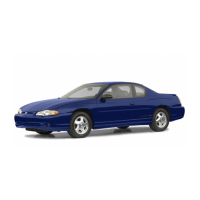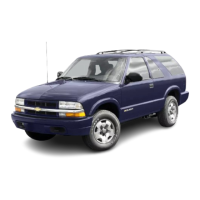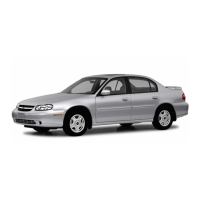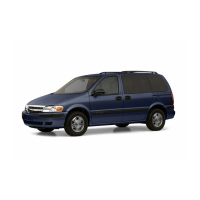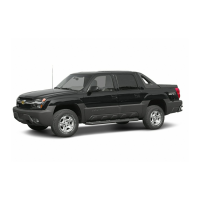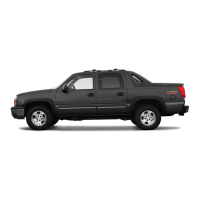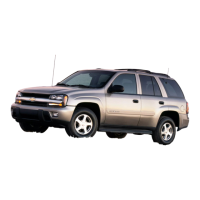If
you feel that winter tires are needed for your driving
conditions, Goodyear Eagle M+S EMT tires are available
in your original equipment sizes from an authorized
Goodyear EMT retailer. These tires will improve snow
traction while maintaining your vehicle’s extended
mobility feature. When using winter tires on your vehicle,
be sure to use them on all four wheels. See Buying
New
Tires on
page
5-59.
Inflation
--
Tire
Pressure
The Tire-Loading Information label, which is on the rear
edge of the driver’s door, shows the correct inflation
pressures for your tires when they’re cold. “Cold” means
your vehicle has been sitting for at least three hours
or driven no more than
1
mile
(1.6
km).
Notice:
Don’t let anyone tell you that underinflation
or overinflation
is
all right. It’s not.
If
your tires
don’t have enough air (underinflation), you can get
the following:
Too
much flexing
Too much heat
Tire overloading
Bad wear
Bad handling
If
your tires have too much air (overinflation), you
can get the following:
Unusual wear
Bad handling
Rough ride
Needless damage from road hazards
When
to
Check
Check your tires once a month or more.
How
to
Check
Use a good quality pocket-type gage to check tire
pressure. You can’t tell
if
your tires are properly inflated
simply by looking at them. Radial tires may look
properly inflated even when they’re underinflated.
Be sure to put the valve caps back on the valve stems.
They help prevent leaks by keeping out dirt and moisture.
If
your vehicle is equipped with the Tire Pressure
Monitor, you can check tire inflation pressures while
driving. After you’ve reached a speed of
15
mph
(24
kmh) or more, press and release the GAGES button
on the Driver Information Center (DIC) until the front
tire pressures are displayed. Then, press and release
the GAGES button for the rear tire pressures.
Bad fuel economy
5-56

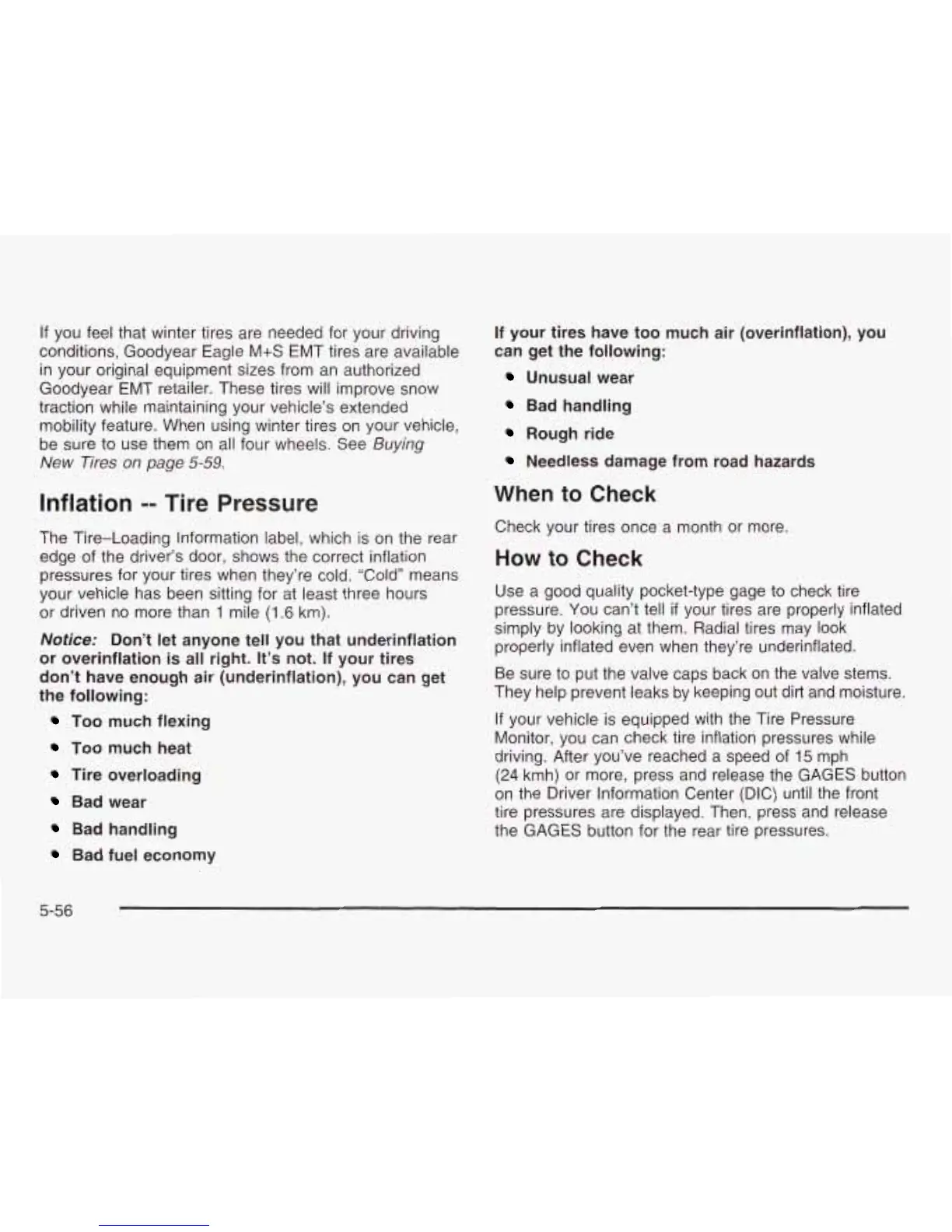